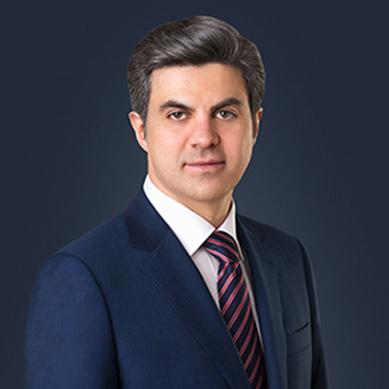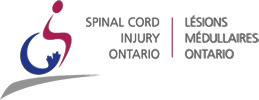With warmer temperatures beginning to stretch across Canada, many of us flock to local swimming pools, lakes and the central hub for cooling off. While there is nothing more fun than relaxing with friends and family in the water – every year there are tragic and avoidable water-related fatalities that occur all across Canada.
Many drowning incidents involve other factors that swimming skills alone cannot prepare an individual for. Learning water safety, such as how to prepare for an emergency, and what to do if one should occur – is key to preventing an emergency in or on the water. It’s swimming skills combined with safety knowledge and skills that saves lives.
Here are very helpful tips to preventing any water-related accidents this summer.
Active supervision
- The absence of adult supervision is a factor in most child drownings.
- Whether it’s a pool, the bathtub, a water park, or the beach, always watch children actively around water-even if they can swim.
- Consider requiring all non-swimmers to wear a life jacket to keep them at the surface to assist you while supervising.
Backyard Pools
- Backyard pools are especially dangerous for small children. Ensure adequate barriers are in place such as four-sided fencing along with a self-closing, self-latching gate.
- Empty portable toddler pools after each use.
Diving
- Diving headfirst into water should be avoided unless the individual is properly trained and is sure that the water is deep enough.
- Avoid diving in home pools and always enter the water feet-first.
Open Water
- Never underestimate the power of current. Swimmers can be swept away in an instant, particularly if weak swimmers get caught by current in rivers or out of their depth in abrupt drop-offs.
We understand the importance of being heard. If you have been involved in an accident and are experiencing pain and suffering, financial hardships, loss of enjoyment of social life or are in need of medical treatment – our specialized personal injury lawyers are here to help you.







